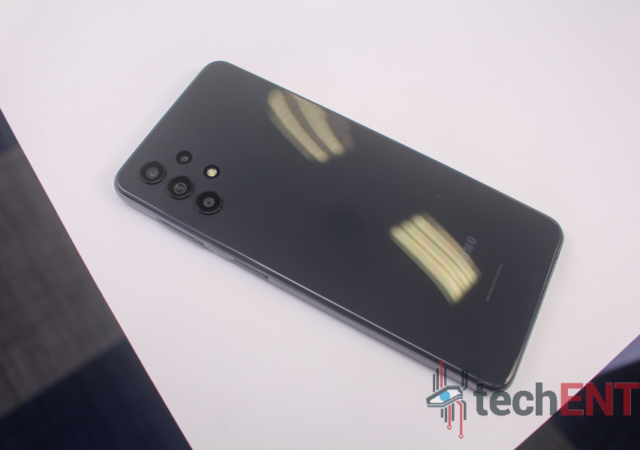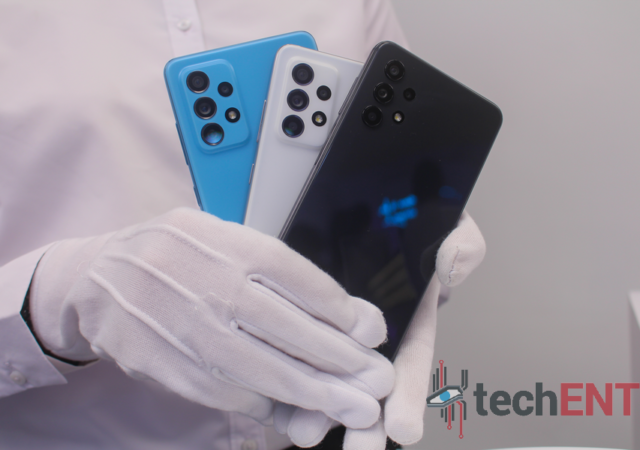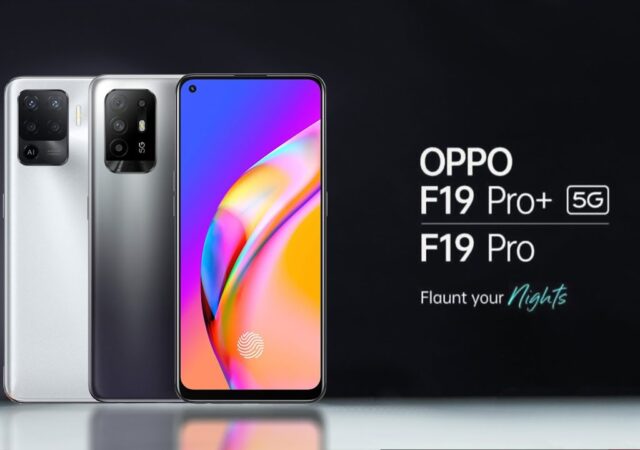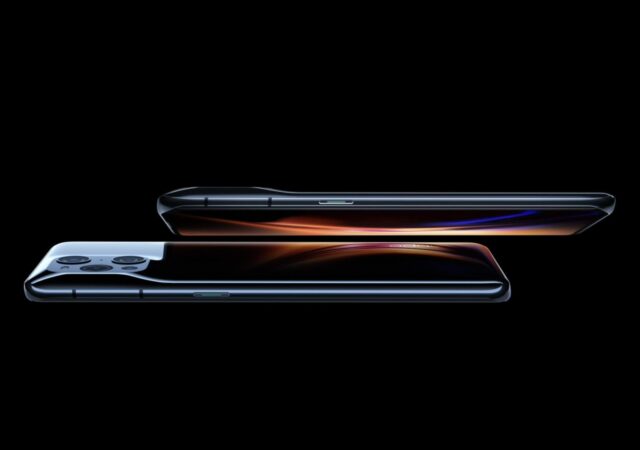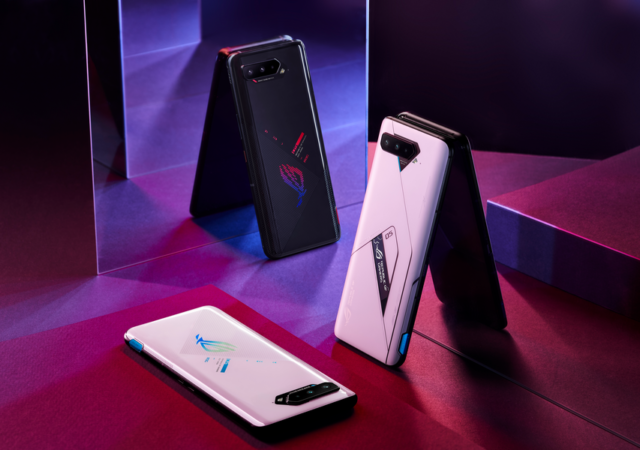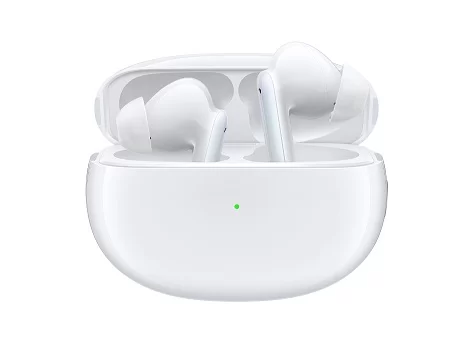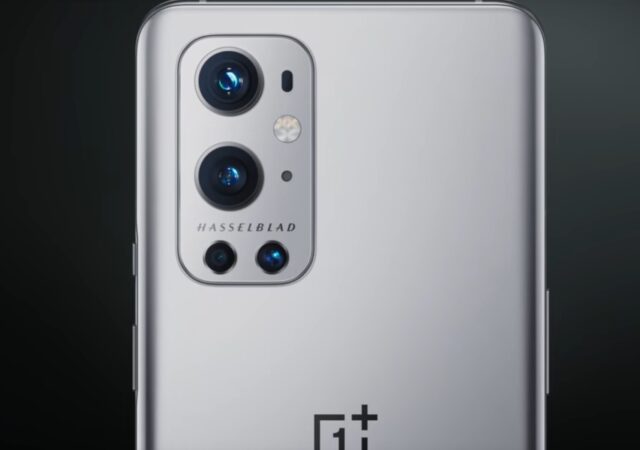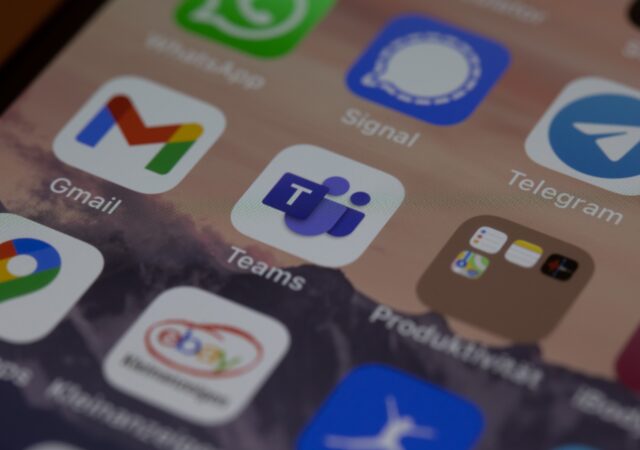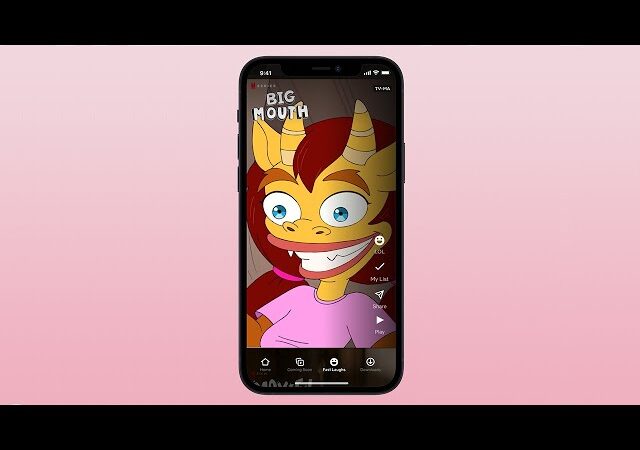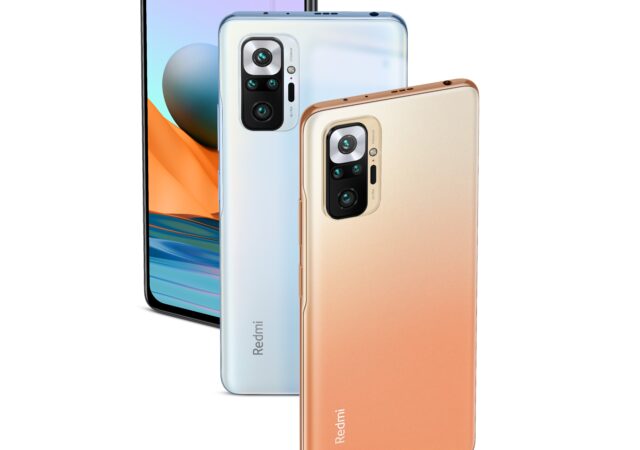Samsung announces a new entry into their brand new Galaxy A series – the Galaxy A32 which brings power for media consumers on a budget.
Samsung’s Galaxy A Series Gets Awesome Flagship Features
Samsung’s new Galaxy A52 and Galaxy A72are being supercharged with flagship specifications bringing more value to their midrange line up.
OPPO Releases the F19 Pro & F19 Pro+ in India
Oppo has launched the F19 series with a 4310mAH battery in India. Both devices are powered by a Mediatek processor and boost by the ColorOS11.1 version based on Android 11.
OPPO Find X3 Pro Launches Globally! Available March 2021 Onward with EU€ 1,149 Price Tag.
OPPO launches their highly anticipated and impressive Find X3 pro flagship. The new flagship comes with a state-of-the-art 50-Megapixel main camera and a new 50-Megapixel Ultra-Wide camera. Available globally March 2021 with prices starting at EU€ 1,149.
ASUS Unveils the ROG Phone 5 series; Prices Start at MYR2,999
ASUS has announced the new generation of the ROG Phone: the ROG Phone 5 series powered by the Qualcomm Snapdragon 888 processor.
OPPO Enco X Launching in Malaysia Soon!
Update (11/03/21): The OPPO Enco X has launched globally with immediate availability. Official global pricing is EU€ 179 (MYR 879***). We are expecting the TWS earphone to arrive in Malaysia toward the end of March 2021 or early April 2021…
OnePlus 9 Coming 23 March 2021 with Hasselblad Camera and Charger in the Box
UPDATE (11/03/21): OnePlus has confirmed that the OnePlus 9 will come with a Sony IMX766 50-Megapixel ultra-wide camera. They also say that the Ultra-Wide camera should deliver distortion free ultra-wide shots thanks to the free-form lens technology OnePlus 9 features.…
The Xiaomi Redmi Note 10 Series is Here for MYR 799!
Xiaomi launches the brand-new mid-range Redmi Note 10 series in Malaysia with prices starting from MYR 799 onward.



